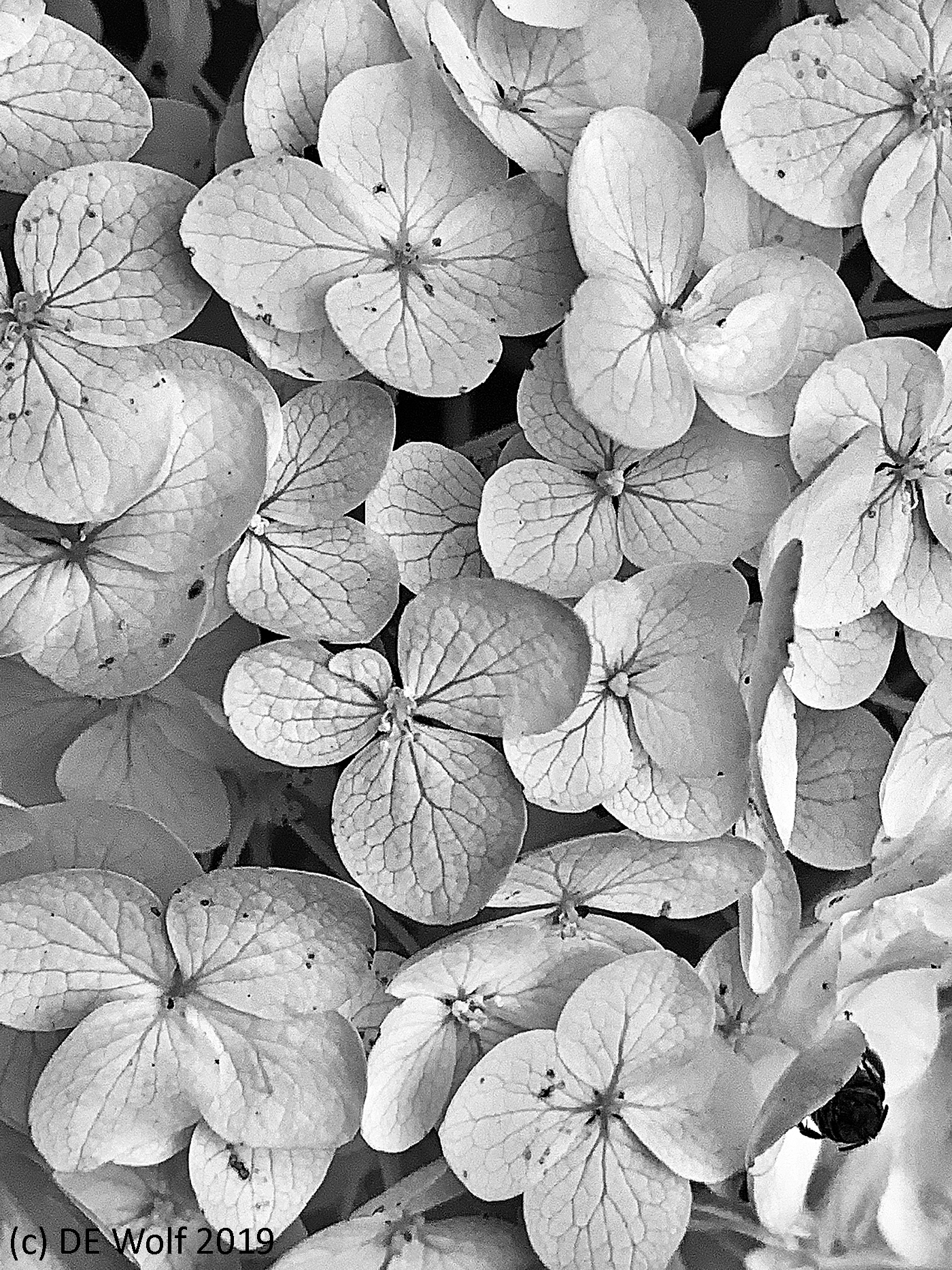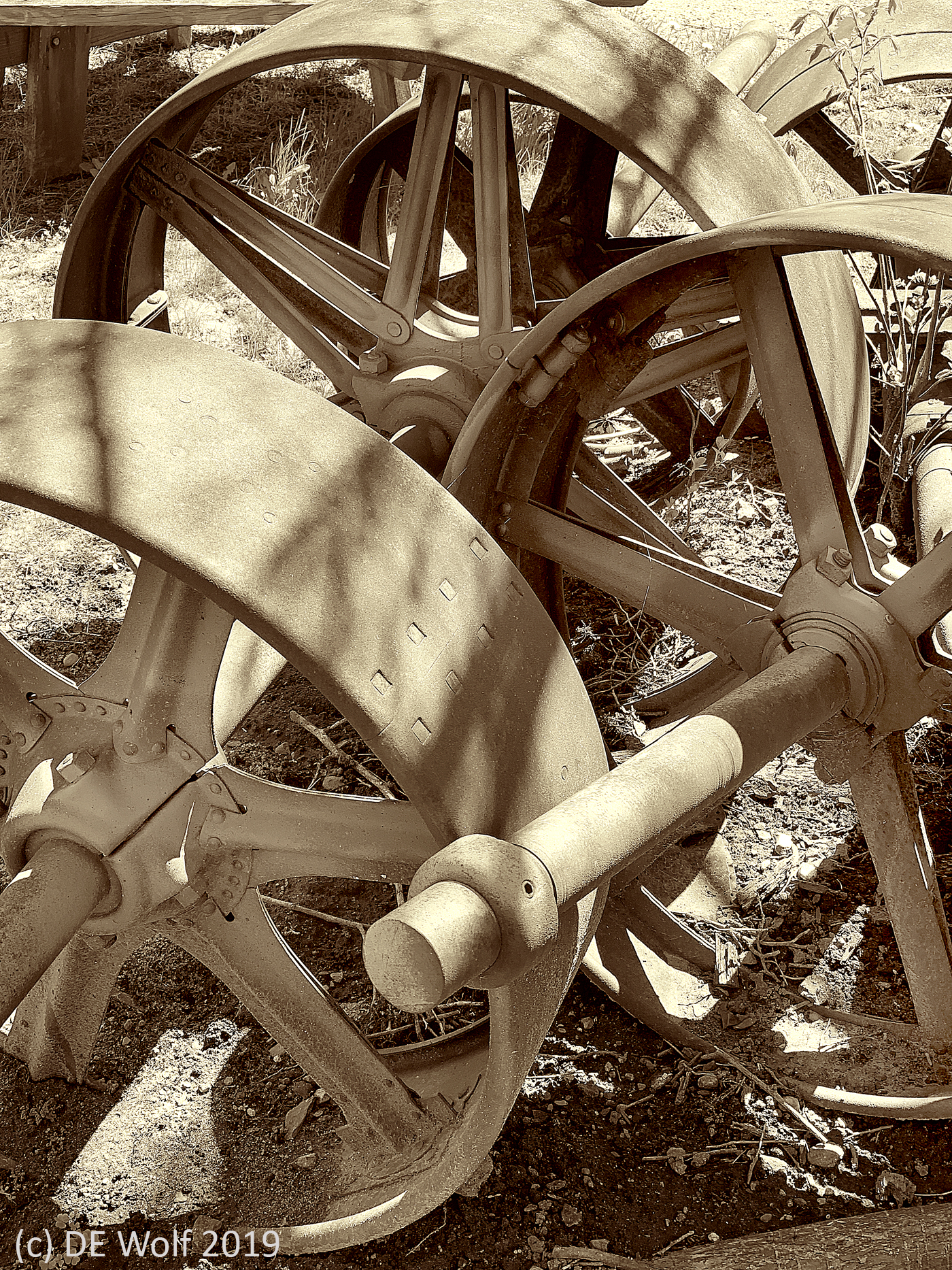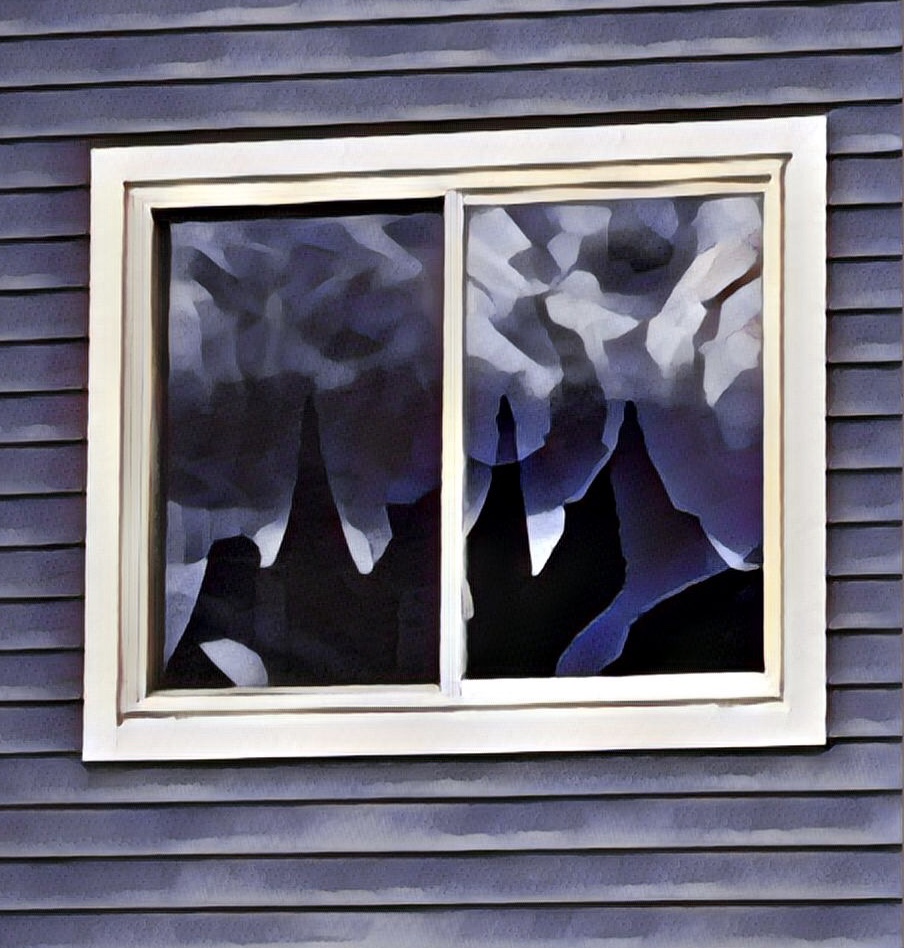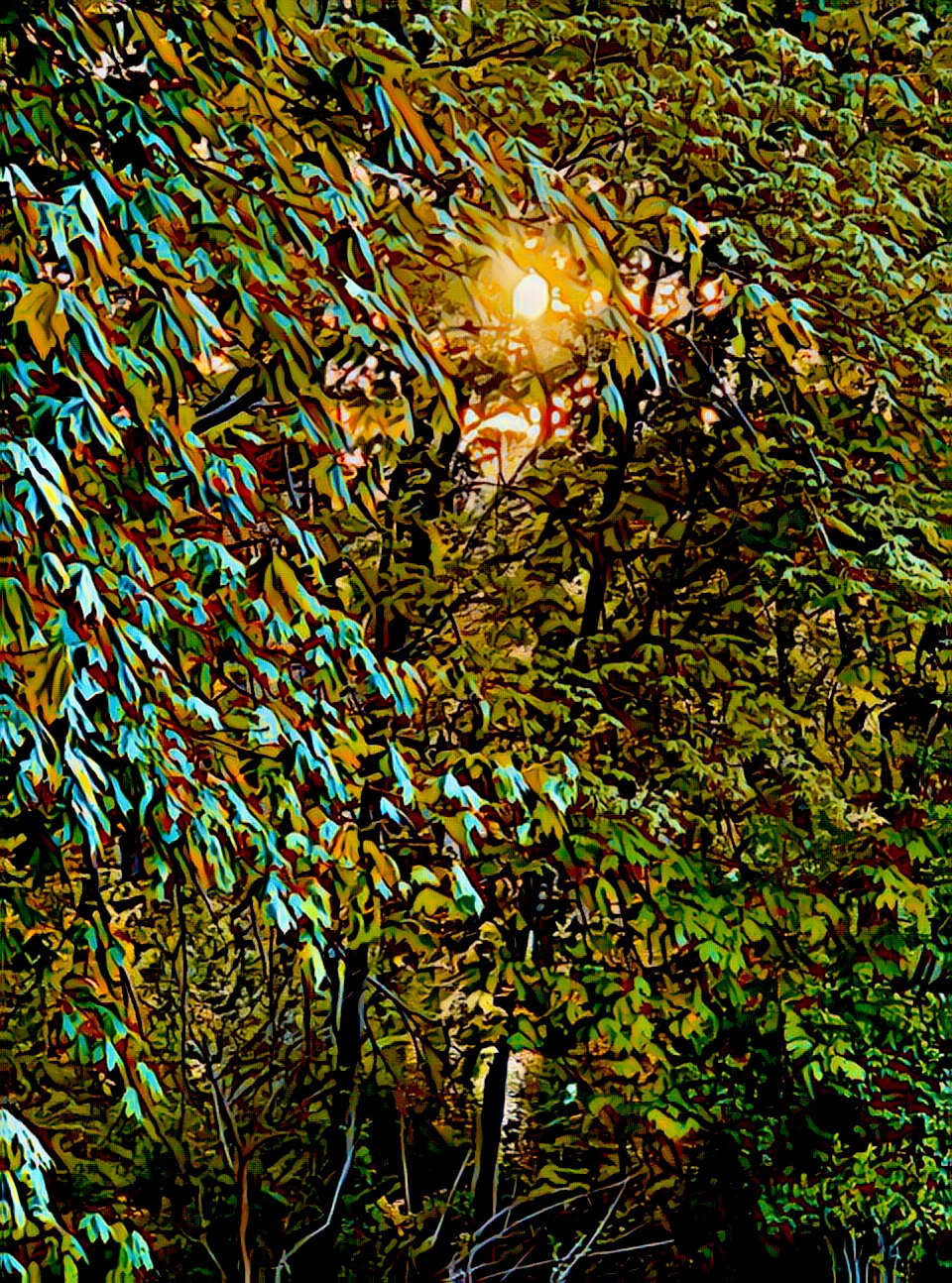
Figure 1 -Sunset through the trees, stylized iPhone photograph. (c) DE Wolf 2019.
Technology in photography, as it does in many fields, represents freedom. The calotype and then the wet collodion plate freed the photographer from the unique one only aspect of the daguerreotype. The dry plate freed the photographer from the wet plate’s requirement of using the newly created plate before it dried. Film was liberating from glass plates. And now we have digital photography.
A few weeks ago, a friend told me that I take pictures like a film photographer, meaning that I am a photographic hoarder, only shooting when conditions are just right. In film photography, you recognize that time and film are precious. You only take the best compositions because unless you’re a darkroom fanatic, you’re only going to work up the best images, and for me anyway a single image’s darkroom processing could literally take hours. In film photography, you save excess for exposure bracketing – the hope and prayer that you might get the image that you want.
Digital photography frees you from this. You get the instant gratification of knowing what works and also you are free, knowingly or unknowingly, to use Ansel Adams’ Zone System on each and every image. Now it may be cloudy, moments later sunny, now you may want to photograph in color, on the next image it might be black and white. Not only that, but modern cameras, including those incorporated in our cellphones, are essentially little thinking machines. You are freed to create.
Lumbering along like a film photography Luddite is not the most productive approach. The more photographs you take, the better you become at taking photographs – the more you are ready for Henri Cartier-Bresson’s “Decisive Moment.” Whenever, I go out, I set my camera ISO 1600, f/7.1, center spot focusing. I am ever ready for wildlife and still I can miss it.
But there is more to “the chains we forged, link by link” throughout our photographic lives. We have a concept of what a photograph must be! I’m forever thinking sharpness and tonal range. Ansel is ever in my head. And if it’s color, I want brilliant color, carefully saturated.
Here is where you enslave yourself. My friend has taught me to shoot photographs with abandon. In this regard my iPhone 10XSmax is a chain cutter – a true liberator. It frees me to see and to take photographic chances. Photography is seeing first, and second it is learning how to translate seeing to photograph.
This raises a whole other point. What is the final medium? Is it paper? Is it cloth? Is it aluminum? Or is it that vague but brilliant substance-less finality of the computer monitor? Here now to be gone a moment later.
My friend has taught me something else. She has freed me from my obsession with sharpness and tonal range. I have learned that a well-constructed photograph need not be the end-product. It can instead be the beginning for experimentation with stylization programs, that use artificial intelligence to transform a photograph of this world to a painterly other world. In this vein, I wanted to share two Images so transformed. I took Figure 1 of the setting sun filtered through the forest and wasn’t quite happy with what standard photographic manipulation offered. So I transformed into a “painting” using PRISMA, and found myself quite satisfied with the result. Similarly, I photographed an ornamental pot of mosses, actually artificial mosses (Figure 2). I liked some aspects of the image, but really it elicited a big “eh” from me until I again processed it in PRISMA and turned it into a painting, which, as a science fiction fan, seems happily otherworldly.
“You have brains in your head. You have feet in your shoes. You can steer yourself any direction you choose. You’re on your own. And you know what you know. And YOU are the one who’ll decide where to go…”
― Dr. Seuss, Oh, The Places You’ll Go!
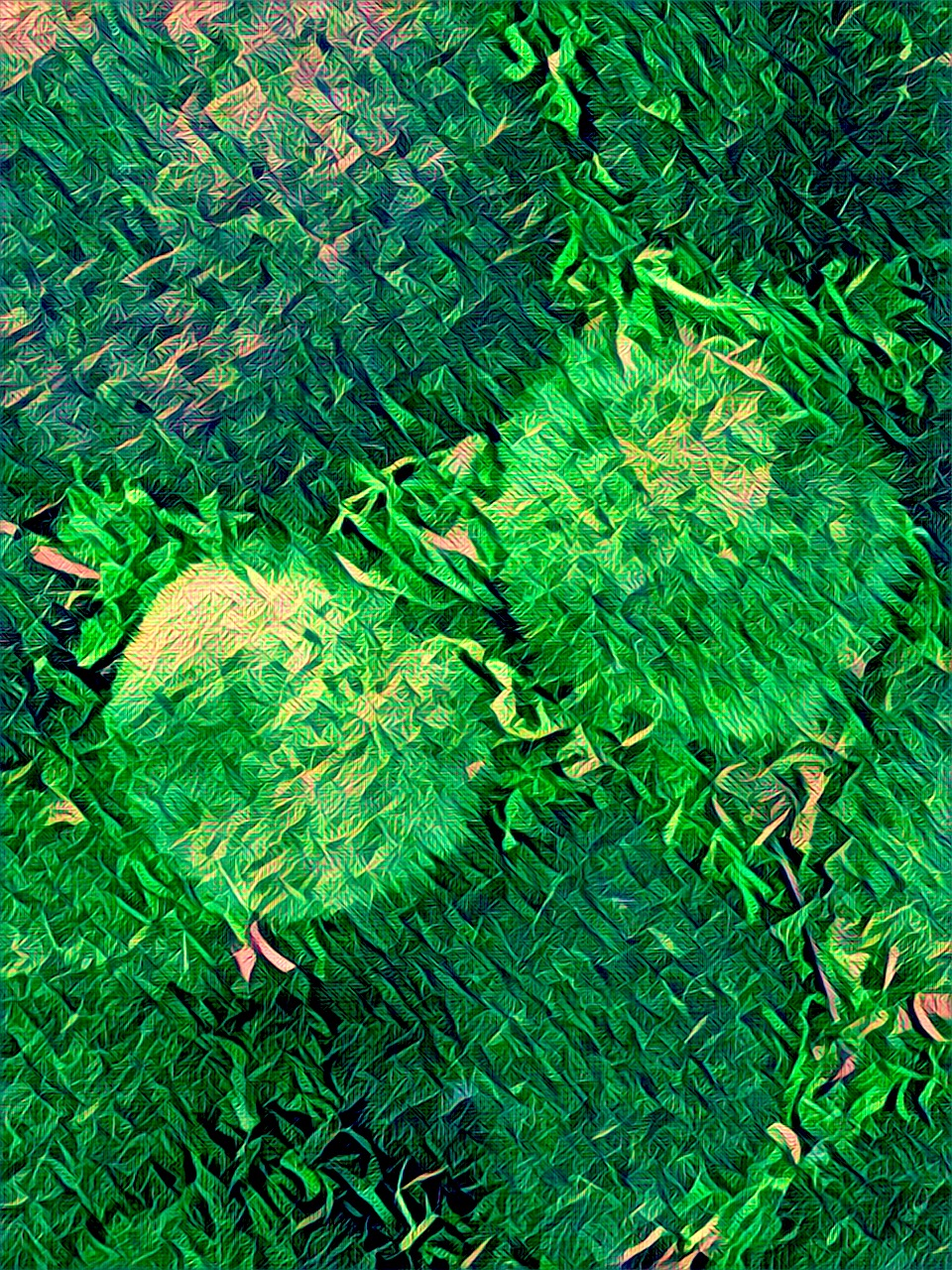
Figure 2 – Ornamental mosses, stylized iPhone photograph. (c) DE Wolf 2019.


